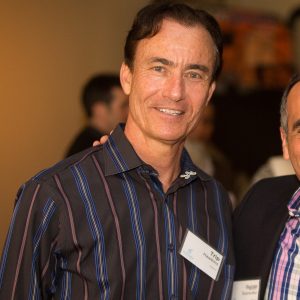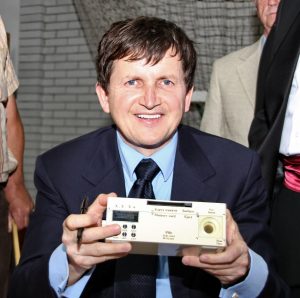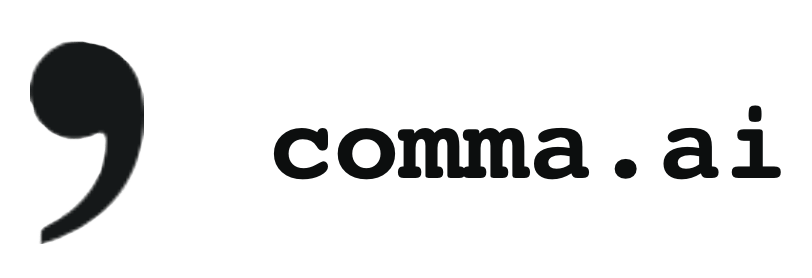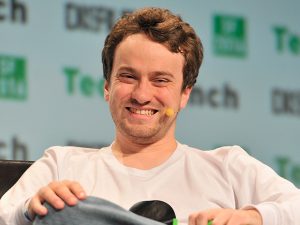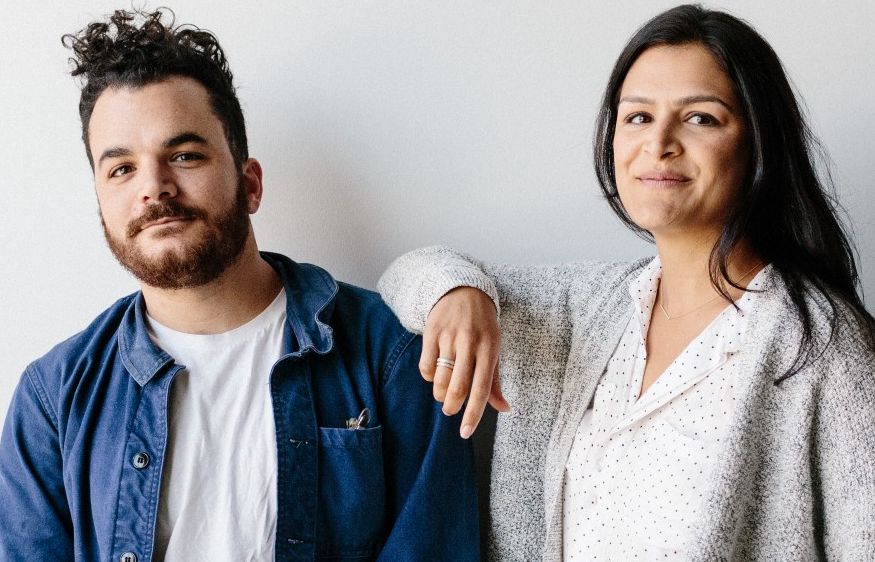Rick Alden : The Visionary Genius & the Founder of Skullcandy
A disruptive thinker and wildly unpredictable, the two terms can be associated with Rick Alden, the founder of Skullcandy, the American headphones manufacturing company. Alden is also known as a mad genius, who always believed in refinement and innovation. He wanted to create a product that was not owned by the user, but it could own the user.
Alden was born on 4 July 1964 in Baltimore, Maryland. Rick loved snowboarding and wanted to pursue a career in the same. He attended the University of Colorado Boulder, and while in college, he founded his first company National Snowboard Inc (NSI), along with co-founder Jim Gardner, in 1986. The company was an event management firm that hosted the consumer and pro-snowboarding events nationwide.
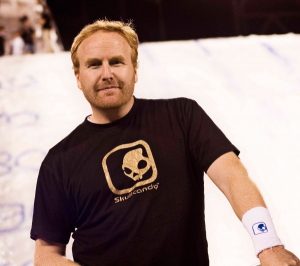
Later, he moved the headquarter of NSI to Denver and migrated to the University of Colorado Denver, where he pursued a Bachelor’s degree in political science.
The next business venture that Rick founded was Device Manufacturing, which he founded along with the veteran snowboarder Brett Conrad and produced the step-in snowboard boot and binding system.
In the late 90s, the snowboarding was becoming more popular, and Rick himself was an active snowboarder. Rick liked to listen to music at high bass while snowboarding and knew that others also loved to do the same. But the chunky headphones never provided him with the experience he always expected for. This led Rick to think about a new business idea, i.e. a company that would produce headphones, especially for snowboarders and skateboarders.
In 2003, Rick founded Skullcandy and started manufacturing headphones for snowboarders. Skullcandy launched its first product, the Skullcandy Portable LINK Consumer Electronic Show (CES) in Las Vegas in 2003.
After the launch, he went out to market all the Skullcandy products directly to the snowboarding and skateboarding shops. In the beginning, pitching to those shop owners was not that easy, but slowly they got convinced and started selling the headphones at their shops. In fact, Rick offered those owners to buy back the headphones himself, if they did not find any customer for them. But the innovative product never brought such a situation and received much appreciation from its consumers.
In the following years, Rick pitched the idea of putting the speakers into the helmets to Giro, one of the most popular snowboards and ski helmets producers. The company liked the idea. Rick also convinced Giro to print the tag line “Powered by Skullcandy” on the packaging.
In 2007, Rick approached Best Buy, Target, and Circuit City to get picked for the Q4. All the three companies were impressed by him and placed immediate orders with Skullcandy. Rick never expected to get picked by all the three and did not have enough expertise to complete the orders within time. But then, he decided to visit China to figure out better ways to increase the company’s tooling cavities, and the plan worked. Rick completed the orders within the given time, and it was the biggest turning point for Skullcandy.
In 2008, the company rolled out all its products in all the retail stores. Bored of old chunky headphones, Rick manufactured more colourful and designer headphones and earbuds for Skullcandy consumers.
In the December edition of Forbes magazine, the Skullcandy earbuds were introduced as “the world’s coolest ear bud”. In 2011, the company acquired another headphones manufacturing company, Astro Studios. In the same year, the company filed for its first IPO with the Securities and Exchange Commission.
In 2016, Skullcandy was acquired by Mill Road Capital for $196.9 million at $6.35 per share.
Rick Alden has been issued the patents for inventing technology to integrates mobile phones and music players, known as LINK, and designing the Orvis Batternkill Large Arbor Fly Fishing Reel.
The Inc Magazine ranked Alden at number 31 in the Inc 5000 Award for Skullcandy’s three-year (2004–2007) growth. He was also named “Entrepreneur’s Entrepreneur of the Year” in 2009.

Yashica is a Software Engineer turned Content Writer, who loves to write on social causes and expertise in writing technical stuff. She loves to watch movies and explore new places. She believes that you need to live once before you die. So experimenting with her life and career choices, she is trying to live her life to the fullest.


